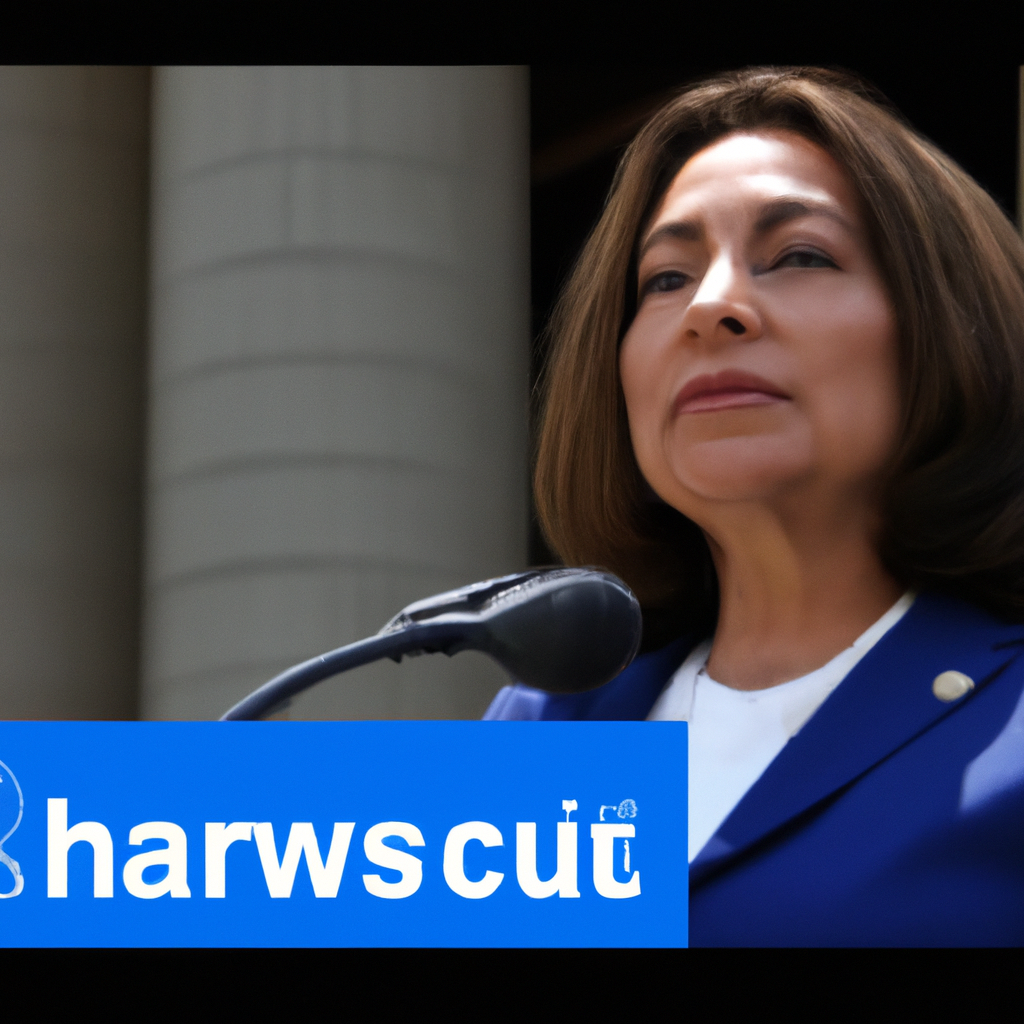Read in your native language
english german italian french spanish mandarin arabic portuguese russian japanese
Kamala Harris: From VP to Presidential Contender
As the 2024 election cycle intensifies, Vice-President Kamala Harris finds herself navigating a tumultuous political landscape following President Joe Biden's faltering campaign efforts. Her ascent to the forefront of the Democratic Party marks a significant career milestone, transitioning from a vice-presidential candidate to potentially leading the ticket for a presidential run.
Perspectives in the Situation
The situation involves several key perspectives:
- Kamala Harris: The first woman, as well as the first black and Asian-American vice-president, her rise represents a historic shift. However, she faces challenges such as low approval ratings and criticism for Biden's performance. Her benefits include increased visibility and the opportunity to advocate for key issues like reproductive rights.
- Joe Biden: As the incumbent sacrificing his campaign for his vice president, Biden's decision may ensure party unity, but it risks his legacy if Harris cannot maintain traction against formidable opponents like Donald Trump.
- The Democratic Party: Internal tensions arise as some factions call for change, while others rally behind Harris as a candidate who can unite and galvanize the party base, particularly among women and minorities.
- Voters: Public perception of Harris is mixed. While she garners support on issues such as voting rights and immigration reform, past criticisms of her record as a prosecutor linger. The risk is potentially losing moderate and progressive voters.
- Critics and Opposition Parties: The Republicans, especially Trump’s camp, seize the opportunity to frame Harris as unqualified, emphasizing her struggles during her previous campaign and her historical ties to law enforcement, which faces backlash in today's social climate.
Benefits, Risks, and Losses
- Benefits for Kamala Harris:
- Historical significance as a female and minority candidate.
- Support for issues that resonate with key demographics.
- Potential to reshape the party's platform and outreach.
- Risks for Kamala Harris:
- Inability to distance from Biden's unpopularity may hinder her electoral chances.
- Accusations of being "not progressive enough" could alienate significant voter blocs.
- Losses for the Democratic Party:
- If Harris fails, it could reflect poorly on the party's strategic choices and unity.
- Missed opportunity to repair any lingering fractures within the party.
Relevancy Meter
Explanation: This situation remains relevant as it impacts the current political landscape directly impacting the upcoming elections. Despite being four years past the last presidential campaign, the dynamics have shifted significantly during this period.
Visual Representation: Infographic
Creating visual aids to summarize the key points and perspectives can be helpful:
- Representation of demographics affected by Harris's policies.
- Pros and cons of her leadership compared to Biden's.
- Voter sentiment analysis showcasing the support across different groups.
Conclusion
As Kamala Harris prepares for her potential presidential bid, the interconnected dynamics, benefits, and risks paint a complex portrait of the Democratic Party's future. Voter response will be critical in determining whether her second chance at the presidency can materialize beyond mere historical significance.
Kamala Harris, Democratic Party, reproductive rights, voting rights, Donald Trump, women, minorities, Republicans
Author: Andrej Dimov
Published on: 2024-07-26 20:14:53



